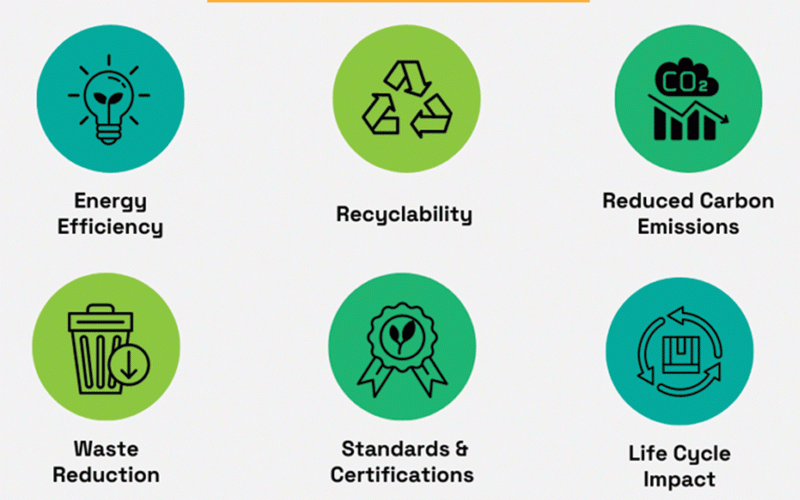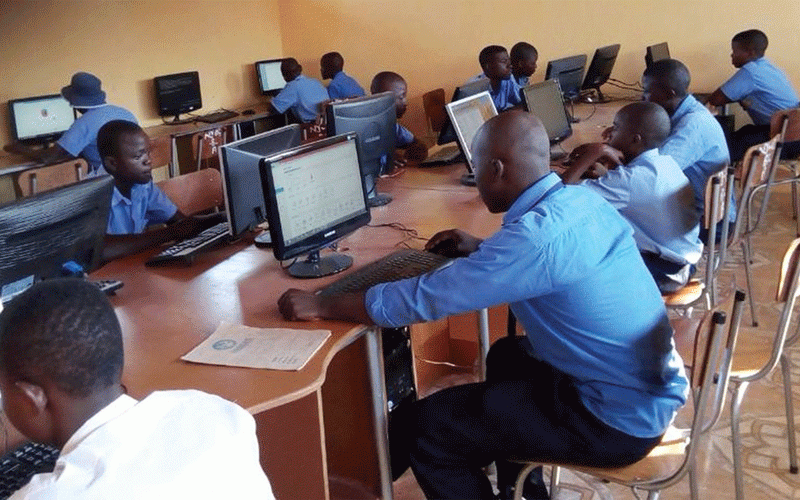
WHEN the world looks at Zimbabwe, it too often sees the headlines, currency turmoil, debt distress, and a beleaguered informal economy.
What it misses is the bedrock, a literal one, of value that runs deeper than policy uncertainty or the politics of perception.
The latest drilling results from Caledonia Mining’s Blanket Mine are more than just good news for a single company.
They are a potent indicator of Zimbabwe’s untapped geological wealth, the country’s place in a recalibrating global mining landscape, and the gaps still holding back one of Africa’s most resource-rich nations from attracting capital on the scale it deserves. Caledonia’s June 2025 drilling update from its 64%-owned Blanket Mine is a masterclass in operational focus and geological promise.
The company reports better-than-expected grades and widths across multiple orebodies, Blanket, Eroica, and Lima, with some intersections showing gold concentrations more than five times higher than previously modelled.
In a sector where ounces per tonne are the hard currency of confidence, such results are not just technically significant; they are economically transformative.
But they also raise harder questions for policymakers: Why, in the face of such promise, is Zimbabwe’s mining investment still a fraction of its potential? What will it take for discoveries like Blanket to catalyse a new generation of investment-led growth?
At the heart of the update is a story of methodical exploration. Between January 2024 and April 2025, Caledonia drilled nearly 7 000 metres underground, chasing the continuity of its known mineral zones and probing the limits of it’s existing resource model. The results defy modest expectations.
- Mavhunga puts DeMbare into Chibuku quarterfinals
- Bulls to charge into Zimbabwe gold stocks
- Ndiraya concerned as goals dry up
- Letters: How solar power is transforming African farms
Keep Reading
The Blanket 1 Footwall orebody, previously modelled at around 4,6 grams per tonne (g/t), has returned intersections exceeding 25 g/t over substantial widths.
One new orebody, a geological surprise, returned a staggering 17,73 g/t across nearly six metres of true width. These are not the crumbs of a fading mine.
They are the signatures of a deposit with renewed longevity and potentially even greater scale. The strategic implications for Caledonia are clear.
The company has already invested heavily to push production past the 80 000-ounce mark, anchored by a shaft system capable of sustaining deep mining well below the 34th level, or 1 110 metres.
The new drilling extends known orebodies to and potentially beyond the 38th level.
That means more gold, for more years, with lower incremental capital.
- This article was written by Equity Axis.











